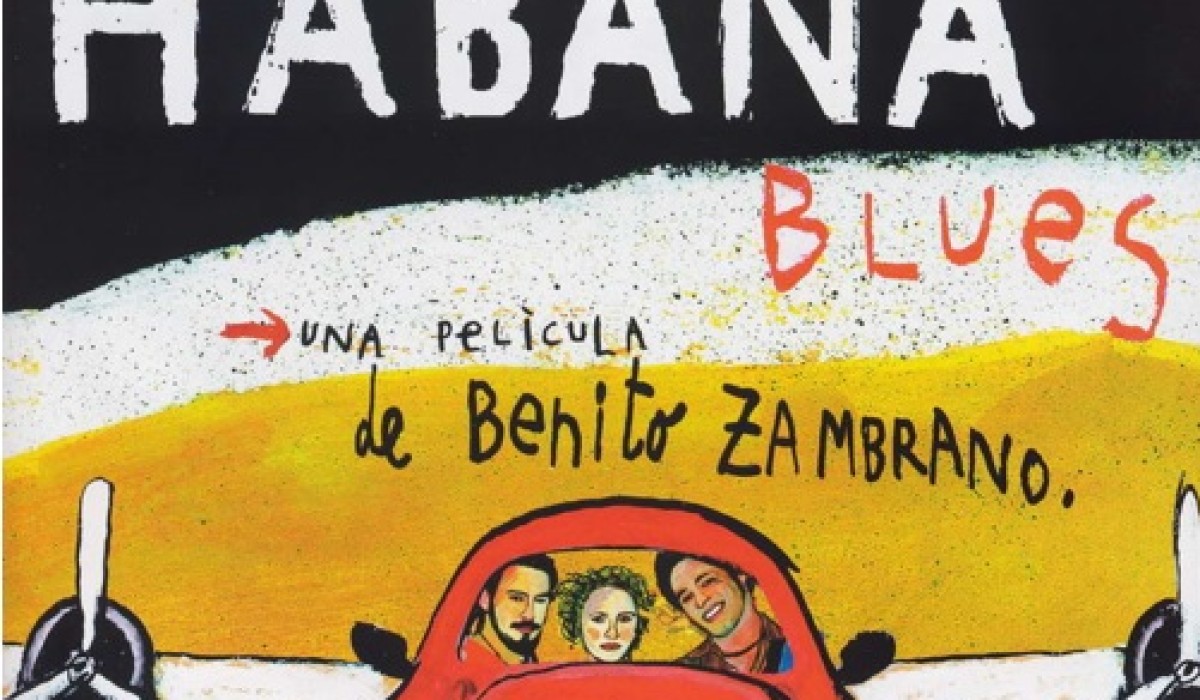In the “golden era” of Cuban poster art, thousands of posters were printed and many of them have become collectors’ items.
Cuban poster art is not very well known of, yet it was, and remains one of the most important and powerful forms of artistic expression on the island.
Just like in China and the Soviet Union, posters in Cuba have played an important role in spreading political propaganda. However, in Cuba, posters have been, and still are used in conveying various non-commercial and commercial messages to the general public.
Before the Cuban revolution, only a few artists were involved in printmaking. Immediately after the revolution, posters did not have a lot of artistic value. The “golden era” of Cuban poster art started in the mid-1960s and lasted for almost a decade. Posters created during this period conveyed a powerful message using simple images and easily recognizable symbols, partly due to limitations of silk screen printing. Cuban artists found new approaches in their creative process and did not copy the socialist realism of their counterparts in the Soviet Union and China.
The majority of Cuban posters are published by the following three organizations:
• The Cuban Film Institute, ICAIC (Instituto Cubano del Arte e Industrias Cinematográficos) has a long tradition of printing movie posters for domestic and foreign films with a uniquely Cuban “take”. During his employment at the ICAIC, Eduardo Muñoz Bachs, one of the most notable Cuban graphic designers, has created more than two thousand movie posters.
• Editora Política, the official publisher of the Communist Party has been responsible for printing public information and political propaganda posters since the triumph of the Revolution. These posters were primarily meant to motivate Cubans to stay on the revolutionary path and contribute in various economical and educational aspects of Cuban society. Others were meant to condemn worldwide injustices caused by ideologically opposite powers. In 1969, Editora Política sent one of its best artists, René Mederos, to Vietnam to document the attempt of invasion by the Americans. The artist spent several months alongside Vietnamese forces and produced two series of paintings, many of which were later printed as posters.
• The third organization, OSPAAAL (Organization in Solidarity with the People of Africa, Asia and Latin America) produces posters promoting solidarity with the oppressed Third World countries. One of its leading graphic designers and the organization’s artistic director for nine years, Alfredo Rostgaard, strongly believed that each poster is a piece of art and should be signed by the artist. Because of this initiative, we now know the majority of artists who created posters after the Revolution.
Today, Cuban poster art is unjustly on the margins of mainstream visual arts, mostly because of lack of funds and resources. However, many artists still welcome the opportunity to express themselves in this simple, yet symbolic art form.

























